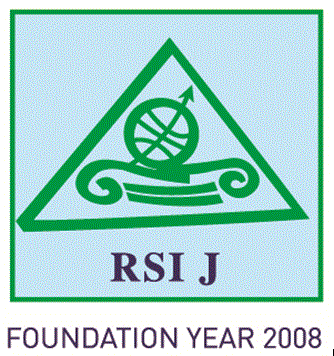Joel I. DEICHMANN*¹
Professor of Global Studies
jdeichmann@bentley.edu
Dominique HAUGHTON¹
Professor of Mathematical Sciences
dhaughton@bentley.edu
Mingfei LI¹
Professor of Mathematical Sciences
mli@bentley.edu
Heyao WANG¹
Graduate Research Assistant
wang_heya@bentley.edu
*Corresponding Author
¹Members of the Data Analytic Research Team (DART)
Bentley University Waltham, MA 02452 USA
Abstract
This paper employs European Quality-of-life Survey (EQLS) responses from 2003, 2008, 2012, and 2016 to examine whether European Union (EU) enlargement helps meet the objectives of improved living standards and overall quality-of-life across the continent. The data set includes responses to forty questions across nine dimensions for all twenty-eight pre-Brexit EU member states, along with eight non-member states. Insights are captured through the systematic comparison of self-reported perceptions pooled at the country level before and after accession, as well as between member states and non-member states. Special attention is paid to the eleven post-communist countries that joined the EU in 2004, 2007, and 2013, which together represent the addition of one hundred million EU citizens. These include Estonia, Latvia, and Lithuania, Poland, Czech Republic, Slovakia, Hungary, Slovenia, Bulgaria, Romania, and Croatia. Based upon these findings, the paper concludes with speculation upon popular support for further enlargement in the wake of the 2007-08 Global Financial Crisis, the 2016-2020 Brexit process, and ongoing COVID-19 pandemic.
Keywords: European Union, Central and Eastern Europe, economic integration, European convergence
JEL classification: O10, O47, P20, P48, R11
pp. 31-46
